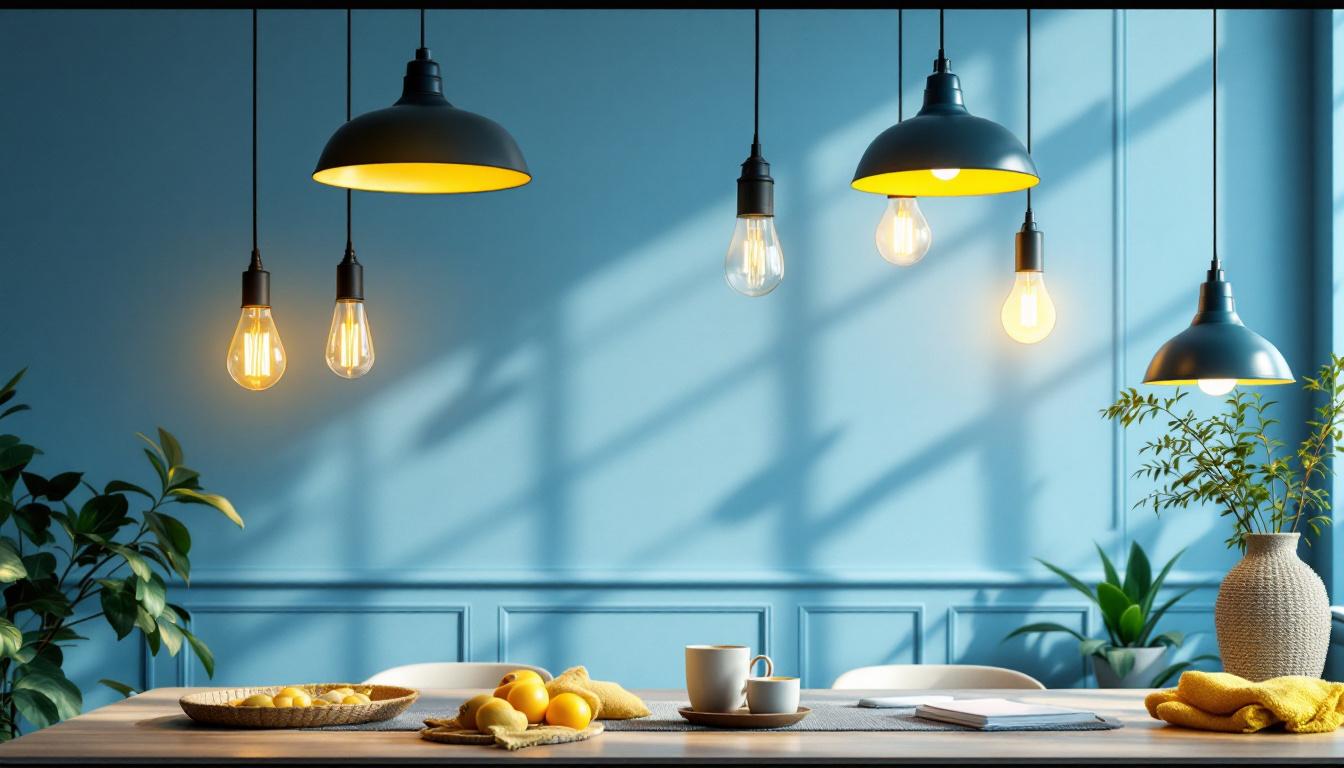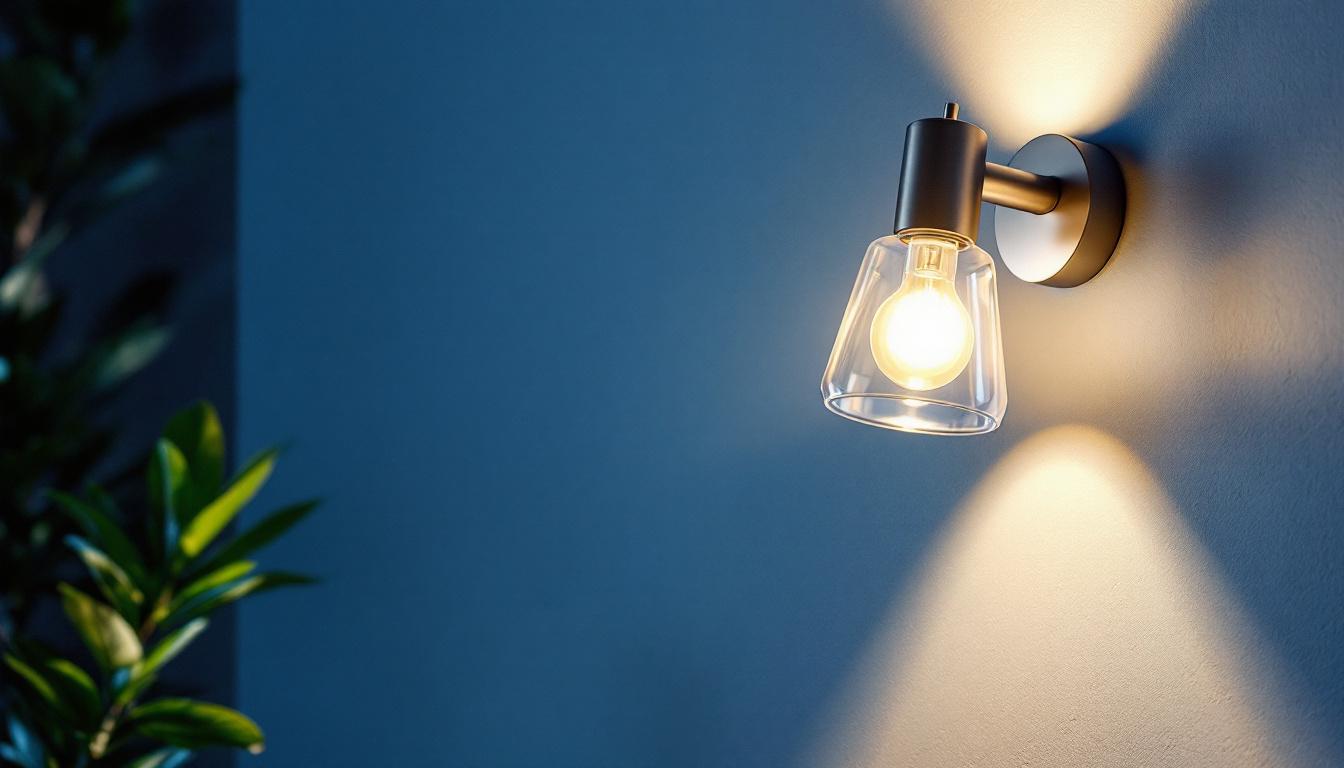
Industrial flood light fixtures are a critical component in large-scale lighting projects, especially those requiring broad, intense illumination. These fixtures are designed to deliver high lumen output over wide areas, making them indispensable for warehouses, manufacturing plants, loading docks, and outdoor industrial complexes. Their ability to provide reliable lighting in challenging conditions not only enhances safety but also boosts operational efficiency, ensuring that tasks can be performed without interruption regardless of the time of day.
Lighting contractors must grasp the nuances of industrial flood lights to ensure optimal performance, energy efficiency, and safety. The right fixture choice can significantly impact operational costs, worker productivity, and compliance with industry standards. Furthermore, understanding the latest advancements in LED technology can lead to even greater energy savings and longer lifespans for these fixtures, reducing the need for frequent replacements and maintenance.
Unlike residential or commercial flood lights, industrial flood lights are engineered to withstand harsh environments and provide consistent, powerful illumination. They typically feature robust housings made from durable materials such as die-cast aluminum or stainless steel, often with weatherproof and corrosion-resistant coatings. This durability is essential for fixtures exposed to elements like rain, snow, and extreme temperatures, ensuring they remain operational in any condition.
These fixtures are available in various wattages and beam angles, allowing contractors to tailor lighting solutions to specific site requirements. High lumen output, combined with broad beam spreads, ensures that large areas are uniformly lit, reducing shadows and enhancing visibility. Additionally, many modern industrial flood lights come equipped with advanced features such as motion sensors and dimming capabilities, which can further optimize energy usage and adapt to varying operational needs throughout the day.
Industrial flood lights are commonly used in:
Each application demands specific fixture characteristics, such as impact resistance for construction sites or specialized optics for security lighting. For instance, in a warehouse setting, flood lights may need to be mounted at significant heights to cover expansive floor areas while minimizing glare for workers. In contrast, lighting for outdoor loading docks must be strategically positioned to ensure that vehicles can maneuver safely, even in low-light conditions. The versatility of industrial flood lights makes them suitable for a wide range of applications, adapting to the unique demands of each environment while prioritizing safety and efficiency.
Choosing the right industrial flood light fixture requires a deep understanding of technical specifications. These details determine how well the fixture performs and integrates with the existing lighting infrastructure.
Lumen output measures the total quantity of visible light emitted by a source. Industrial flood lights can range from a few thousand lumens to over 100,000 lumens for extremely large areas. High lumen output is essential for ensuring adequate illumination in expansive spaces.
Wattage, on the other hand, indicates the energy consumption of the fixture. Modern LED flood lights offer high lumens per watt ratios, providing bright light while minimizing energy use. Lighting contractors should prioritize fixtures with high efficacy to reduce operational costs and environmental impact. Additionally, understanding the relationship between wattage and lumen output allows contractors to make informed decisions about energy efficiency, ensuring that they not only meet the lighting needs of the space but also align with sustainability goals and energy regulations.
Color temperature, measured in Kelvins (K), affects the ambiance and functionality of industrial lighting. Typical industrial flood lights range from 4000K (neutral white) to 6000K (cool white). Cooler temperatures enhance visibility and alertness, which is crucial in industrial environments.
The Color Rendering Index (CRI) indicates how accurately a light source reveals colors compared to natural light. A CRI of 70 or above is generally acceptable for industrial applications, but higher CRI values improve visual clarity and safety, particularly in quality control or inspection areas. For instance, in manufacturing settings where color differentiation is critical, such as in textile or automotive industries, opting for lights with a CRI of 90 or above can significantly enhance the accuracy of color perception, thereby reducing errors and improving product quality.
Beam angle determines the spread of light emitted by the fixture. Narrow beam angles (15°–30°) focus light on specific areas, ideal for task lighting or highlighting. Wider beam angles (60°–120°) provide broad coverage, suitable for general area illumination.
Advanced optics, such as lens arrays or reflectors, optimize light distribution and reduce glare. Lighting contractors should consider the site layout and mounting height to select the appropriate beam angle and optics for uniform illumination. Furthermore, the use of adjustable optics can offer flexibility in lighting design, allowing contractors to adapt the lighting setup as the operational needs of the space evolve. This adaptability is particularly beneficial in facilities that undergo frequent changes in layout or function, ensuring that the lighting remains effective and efficient.
IP ratings classify the degree of protection against dust and water ingress. Industrial flood lights typically require at least an IP65 rating, ensuring they are dust-tight and protected against water jets. Higher ratings like IP66 or IP67 offer enhanced protection for fixtures exposed to extreme weather or washdown procedures.
Understanding IP ratings is crucial for lighting contractors, especially when working in environments prone to harsh conditions, such as outdoor construction sites or food processing plants. Selecting fixtures with appropriate IP ratings not only prolongs the lifespan of the lighting system but also ensures compliance with safety standards. Additionally, considering the potential for chemical exposure in certain industrial settings can guide the choice of materials and finishes for the fixtures, further enhancing their durability and performance in challenging environments.
Energy consumption is a major concern for industrial facilities, where lighting often accounts for a significant portion of electricity use. Lighting contractors must prioritize energy-efficient flood light fixtures to help clients reduce costs and meet sustainability goals.
LED flood lights have revolutionized industrial lighting by offering superior energy efficiency, longer lifespan, and reduced maintenance compared to traditional metal halide or high-pressure sodium lamps. LEDs can deliver up to 150 lumens per watt or more, drastically cutting energy consumption.
Additionally, LEDs produce less heat, lowering cooling loads in indoor environments. Their instant-on capability and dimmability provide further operational flexibility.
Integrating smart controls such as motion sensors, daylight harvesting systems, and programmable timers can optimize energy use. These technologies enable flood lights to operate only when needed, preventing wasteful usage during unoccupied periods or adequate daylight conditions.
Lighting contractors should assess the feasibility of such controls during the design phase to maximize energy savings and enhance system intelligence.
Many regions enforce energy efficiency standards for industrial lighting, such as the ENERGY STAR program or local building codes. Selecting fixtures that meet or exceed these standards is essential for compliance and may qualify clients for rebates or incentives.
Contractors should stay updated on evolving regulations to recommend compliant products and avoid costly retrofits.
Proper installation and maintenance are crucial to ensure the longevity and performance of industrial flood light fixtures. Lighting contractors play a vital role in executing these tasks efficiently and safely.
Before installation, a thorough site assessment should be conducted to determine optimal fixture placement, mounting height, and aiming angles. This process includes evaluating ambient light levels, potential obstructions, and electrical infrastructure.
Correct placement minimizes shadows and glare, enhances security, and ensures uniform light distribution. Using photometric software can assist in modeling lighting layouts and verifying compliance with illumination standards.
Industrial flood lights often require high-voltage connections and must be compatible with existing electrical systems. Contractors should verify voltage ratings, wiring specifications, and grounding requirements to prevent electrical hazards.
Adhering to National Electrical Code (NEC) guidelines and local regulations is mandatory. Proper use of conduit, junction boxes, and weatherproof connectors enhances safety and fixture reliability.
Regular maintenance extends fixture lifespan and sustains performance. Tasks include cleaning lenses to remove dust and debris, inspecting seals for water ingress, and checking electrical connections for corrosion or wear.
LED fixtures generally require less maintenance than traditional lamps but should still be inspected periodically. Promptly addressing flickering, dimming, or complete outages prevents operational disruptions.
The industrial lighting landscape continues to evolve with technological advancements and changing industry demands. Lighting contractors should stay informed about emerging trends to provide cutting-edge solutions.
New generations of LED chips offer higher efficacy, improved color quality, and better thermal management. Paired with smart drivers, these advancements enable precise control over light output and energy consumption.
Some fixtures now feature modular designs, allowing easy upgrades or replacements of LED modules without changing the entire fixture.
Industrial flood lights are increasingly integrated into the Internet of Things (IoT) ecosystem. This connectivity allows remote monitoring, predictive maintenance, and adaptive lighting strategies based on real-time data.
Building Management Systems (BMS) can coordinate lighting with HVAC and security systems, enhancing overall facility efficiency and safety.
Manufacturers are adopting sustainable materials and designs that facilitate recycling and reduce environmental impact. Lighting contractors should consider fixtures with eco-friendly certifications and participate in responsible disposal or refurbishment programs.
Industrial flood light fixtures are more than just powerful light sources; they are complex systems that require careful selection, installation, and maintenance. For lighting contractors, understanding the technical specifications, energy considerations, and emerging technologies is essential to delivering effective and sustainable lighting solutions.
By staying informed and applying best practices, contractors can enhance safety, reduce operational costs, and contribute to their clients’ success in industrial environments. The evolving landscape of industrial flood lighting presents both challenges and opportunities—those equipped with comprehensive knowledge will lead the way in shaping well-lit, efficient, and resilient industrial facilities.
Ready to elevate your industrial lighting projects with fixtures that combine quality, efficiency, and affordability? Look no further than LumenWholesale. Our spec-grade lighting products set the standard for excellence, offering the robust performance you need at wholesale prices that protect your bottom line. Say goodbye to middleman markups and hello to a vast selection of lighting solutions that meet the most rigorous industry standards. With the added benefits of free shipping and bulk buying convenience, LumenWholesale is your go-to source for premium lighting without the premium price tag. Don’t compromise on quality or value—explore our collection and find the best wholesale lighting for your needs today.

Discover why staying informed about LED panel lights is crucial for lighting contractors.

Discover the growing importance of porch ceiling light fixtures in the lighting industry.

Discover how affordable pendant light fixtures can transform your space with style and efficiency.

Discover expert hacks for wall-mounted light fixtures that enhance smart lighting design, boost efficiency, and increase client satisfaction—transform your contracting projects today!.